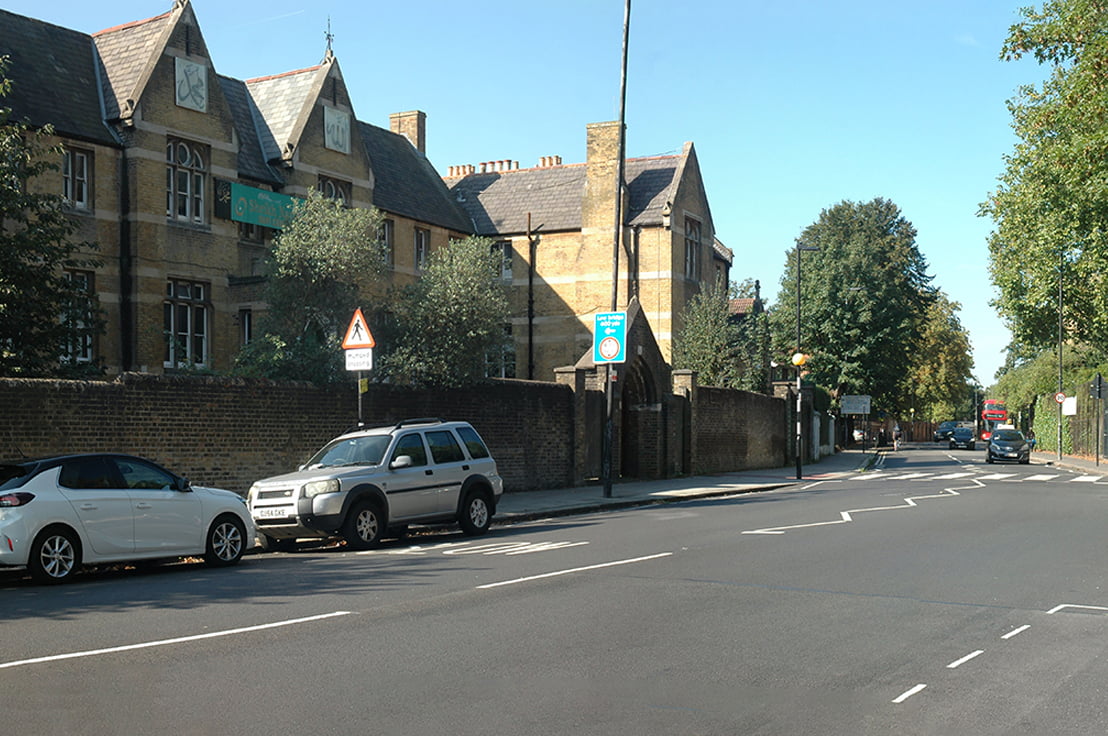
By Franki Webb, Principal Historic Environment Consultant
Heritage, Townscape and Visual Impact Assessments (HTVIAs) are used to evaluate and manage the potential impacts of a development on heritage assets, townscape, and visual amenity.
Our multi-disciplinary team comprises heritage consultants, landscape architects and landscape planners with a wealth of experience working on schemes within the setting of heritage assets including Conservation Areas, Scheduled Monuments and Listed Buildings. An HTVIA provides a robust assessment of potential townscape and heritage impacts, carefully following best practice approaches to minimise risks to the client. They inform an iterative design process and negotiations with stakeholders, to mitigate adverse effects and support planning decisions.
“[Townscape is] the landscape within the built-up area, including the buildings, the relationship between them, the different types of urban open spaces, including green spaces and the relationship between buildings and open spaces.”
-Guidelines for Landscape and Visual Impact Assessment (GLVIA3), paragraph 2.7
An important part of the early planning process for any proposed project is gaining an understanding of the existing townscape character. HTVIAs differ from standard Townscape and Visual Impact Assessments (TVIAs) by identifying key elements of the setting and significance of heritage assets that could be affected, establishing appropriate views and providing heritage input into design development and mitigation proposals. HTVIAs take a robust approach where a place’s heritage and character is central to its identity, such as within Conservation Areas. In the last decade there has been renewed pressure and interest in heritage preservation, especially within townscapes that have a valued historic character and features which are worthy of preservation.

For example, in 2018 Anglian Square in Norwich was given planning permission after the proposals, which would have included a cinema, hotel and a 20-storey tower block, were called in to the planning inspectorate by Historic England ahead of Norwich City Council making a decision.
This led to the then Secretary of State overturning the previous approval decision on heritage and townscape concerns. He noted that the 20-storey tower to replace the current shopping centre was of “excessive size in relation to its context”. The Secretary of State believed the benefits of the scheme were not sufficient to outbalance the identified “less than substantial” harm to heritage assets, specifically to Norwich Cathedral.
An integrated approach to heritage and townscape arises through the collaboration of professional disciplines that are equally concerned with the cohesive design narrative, including consideration of urban street patterns, the location and setting of buildings and the materials and building styles which contribute to local vernacular. Townscape and heritage advice will be of most value if it is provided holistically. Both aspects often relate to attributes such as enclosure, definition of streets and spaces and spatial qualities, as well as views, lighting, trees, verges, and the treatments of boundaries or street surfaces.
HTVIAs are best prepared in parallel with the design process, contributing to an iterative design approach; shaping proposals and creating sensitive and appropriate developments within the historic townscape.
TEP provides Heritage Townscape Visual Impact Assessments for both EIA and non-EIA projects. Key contacts are Franki Webb, Principal Historic Environment Consultant and Louise Fitzgerald, Principal Landscape Planner.








